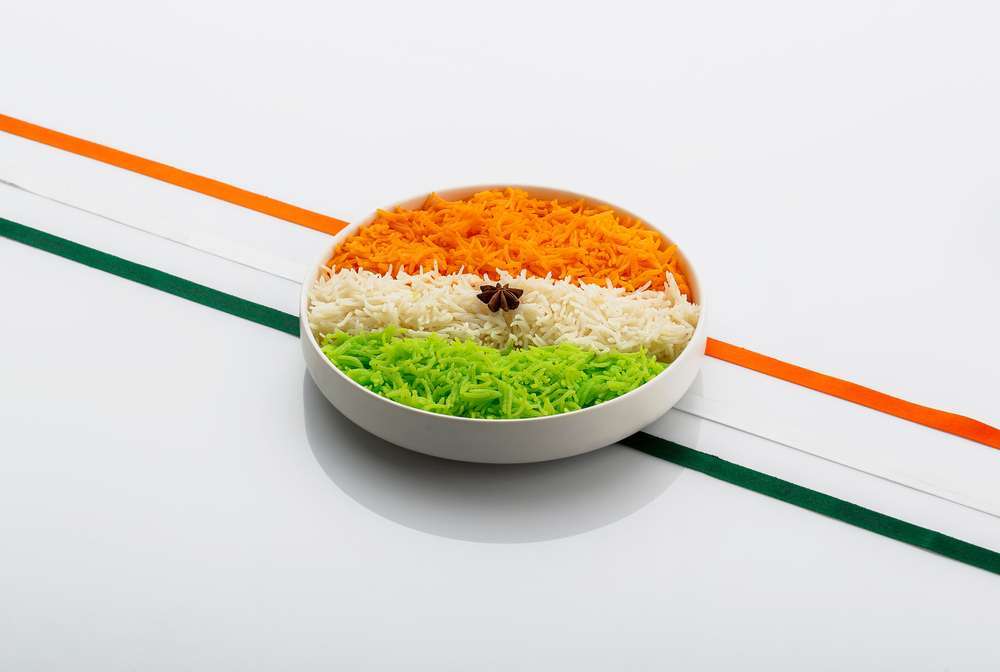India’s retail landscape is undergoing a profound transformation fueled by rapid urbanization, rising disposable incomes, and shifting consumer preferences. With a burgeoning middle class and increasing consumer spending, India offers a lucrative market opportunity for retailers looking to capitalize on the country’s demographic dividend and growing appetite for diverse products and services. In this article, we explore the retail revolution unfolding in India, highlighting key trends, challenges, and strategies for retailers to tap into the vast potential of the Indian consumer market.
Evolving Consumer Demographics
India’s demographic profile is undergoing significant changes, with a young and aspirational population driving consumption patterns and retail trends. With over half of its population under the age of 25, India boasts a large and dynamic consumer base that is digitally savvy, brand-conscious, and increasingly demanding in terms of product quality, variety, and shopping experience. Millennials and Generation Z consumers are reshaping retail dynamics, favoring online shopping, personalized experiences, and sustainability initiatives, while also driving demand for premium and niche products across categories.
Indian Visa Application Online
Digital Disruption and E-commerce Boom
The proliferation of smartphones, internet penetration, and the rise of e-commerce platforms have revolutionized the way Indians shop, ushering in an era of digital disruption in retail. E-commerce giants like Flipkart, Amazon, and Reliance Retail have transformed the retail landscape, offering consumers convenience, choice, and competitive pricing across a wide range of categories. With the advent of digital payments, doorstep delivery, and hyper-local logistics, e-commerce has become the preferred shopping channel for millions of Indians, particularly in urban and semi-urban areas where access to physical stores may be limited.
Omnichannel Retailing and Seamless Shopping Experience
As consumers increasingly embrace digital channels for shopping, retailers in India are adopting omnichannel strategies to provide a seamless and integrated shopping experience across online and offline touchpoints. Omnichannel retailing allows consumers to browse, purchase, and receive products through multiple channels, including websites, mobile apps, social media platforms, and physical stores. Retailers are investing in technology solutions such as mobile apps, chatbots, and augmented reality to enhance customer engagement, personalize shopping experiences, and drive conversions both online and offline.
Rise of Specialty Retail and Niche Markets
Alongside mainstream retail formats, specialty retail and niche markets are gaining traction in India, catering to specific consumer preferences and lifestyle choices. From organic and gourmet foods to athleisure wear and eco-friendly products, specialty retailers are tapping into niche segments of the market with curated offerings and personalized services. Indian consumers, particularly in urban centers, are increasingly seeking unique and differentiated products that reflect their values, tastes, and aspirations, creating opportunities for retailers to innovate and diversify their product portfolios to meet evolving consumer demands.
Rural Retail and Last-Mile Connectivity
While urban centers continue to drive retail growth in India, rural markets present untapped opportunities for retailers to expand their footprint and reach new customer segments. Rural consumers, with their increasing purchasing power and aspirations, represent a significant market opportunity for retailers willing to invest in last-mile connectivity, distribution networks, and localized marketing strategies. Retailers are leveraging technology solutions such as mobile vans, rural e-commerce hubs, and community-based retail models to penetrate rural markets and cater to the unique needs and preferences of rural consumers.
Sustainability and Ethical Consumerism
With growing awareness about environmental conservation and social responsibility, sustainability has emerged as a key consideration for Indian consumers, influencing their purchasing decisions and brand loyalty. Retailers in India are responding to this trend by adopting sustainable practices, sourcing ethically produced products, and promoting eco-friendly initiatives such as zero-waste packaging, recycling programs, and fair trade partnerships. Brands that demonstrate a commitment to sustainability and ethical consumerism are resonating with Indian consumers, who are increasingly seeking products and brands that align with their values and principles.
Regulatory Environment and Policy Reforms
India’s retail sector is subject to a complex regulatory environment, with policies and regulations governing foreign direct investment (FDI), taxation, land acquisition, and labor laws. While regulatory challenges and bureaucratic hurdles can pose barriers to entry for retailers, recent policy reforms such as the introduction of Goods and Services Tax (GST) and liberalization of FDI norms have streamlined business operations and enhanced transparency in the retail ecosystem. Retailers must stay abreast of regulatory developments and adapt their strategies to navigate the evolving policy landscape in India.
Conclusion
India’s retail revolution presents a wealth of opportunities for retailers to tap into the country’s vast consumer market and capitalize on changing consumption patterns, digital disruption, and evolving retail trends. By embracing omnichannel retailing, leveraging digital technologies, catering to niche markets, expanding into rural areas, promoting sustainability, and navigating the regulatory environment, retailers can position themselves for success in India’s dynamic and rapidly evolving retail landscape. As India continues on its trajectory of economic growth and urbanization, the retail sector is poised for continued expansion and innovation, offering retailers unprecedented opportunities for growth, profitability, and market leadership in the years to come.
Also read: The Future Of Work: Adapting To Changing Career Landscapes In India
